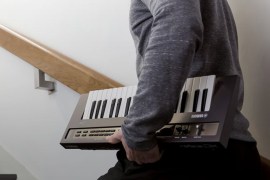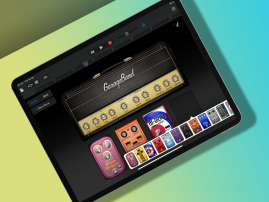Roli Seaboard Rise 25 review
Is this keyless keyboard the future of electronic music making?
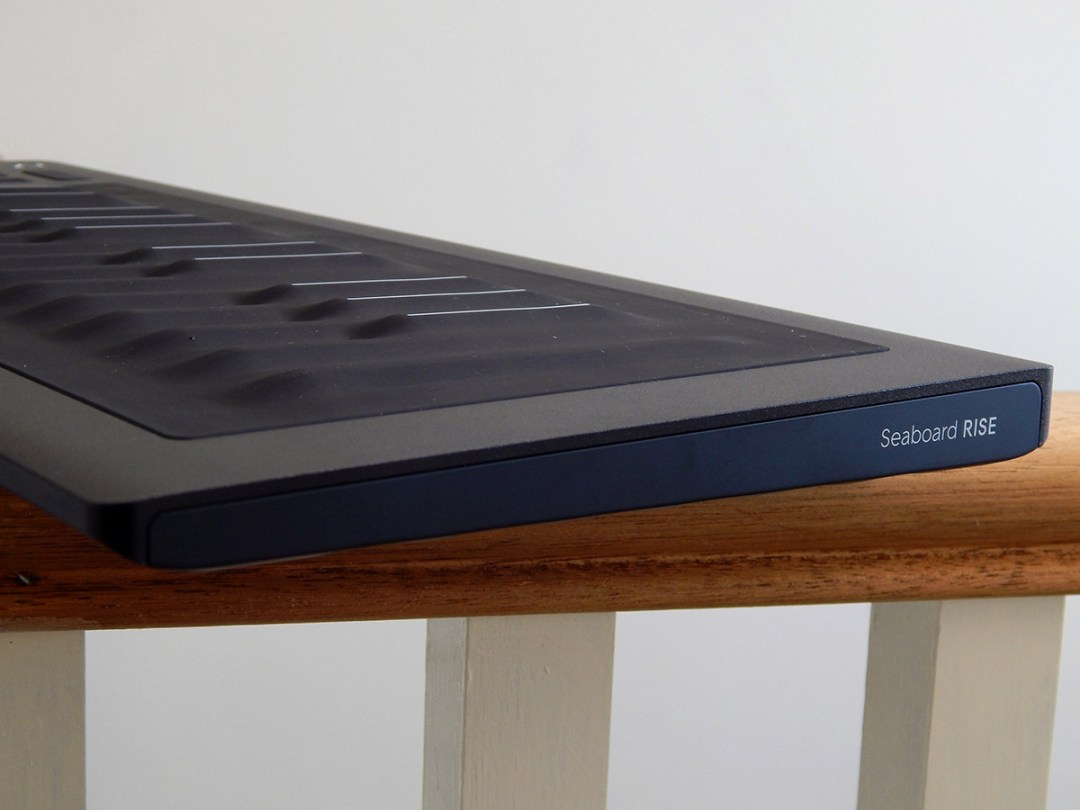
White notes and black notes, plinky plonk, plinky plonk. The Roli Seaboard Rise aims to revolutionise something that’s barely changed since Bach: it’s a keyboard without keys.
So what does it have instead, and in the name of Rick Wakeman’s beard, why? Well, the control surface of the Rise is an expanse of squidgy black silicone rubber, its wavy form (and fine white lines) enabling you to make out the notes but, crucially, not forcing your fingers to stick to them.
You can slide up and down for much more natural portamento effects than you could ever achieve with a pitch wheel, you can do violin-style finger vibrato, and you can even push down harder on a note you’re already playing to make it louder. In other words, you can do all the tactile, responsive, expressive stuff that’s usually reserved for acoustic instruments.
Are you thinking ‘wow’? You should be.
TOUCH ME I’M SLICK
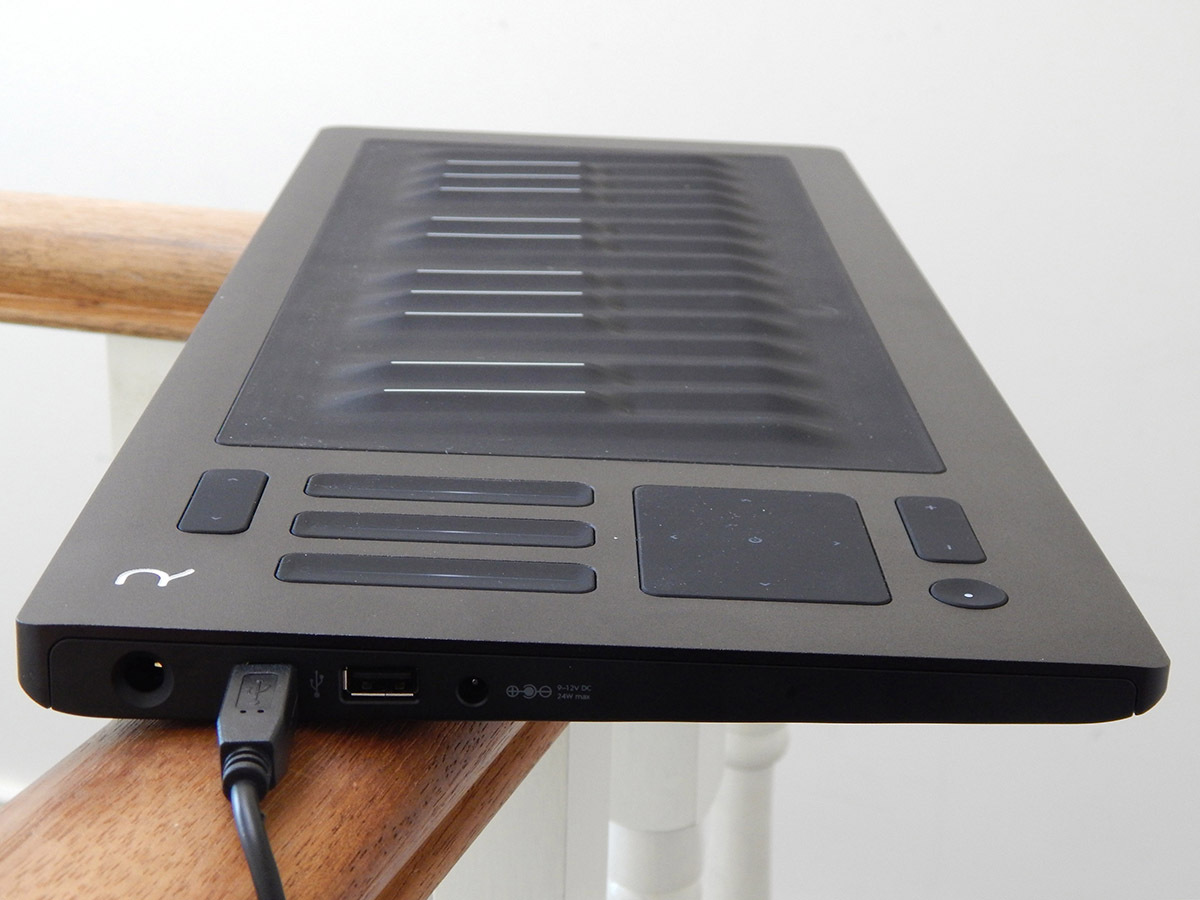
This is a British invention, assembled in Ireland, and it’s clearly not been chucked together on the cheap. It’s sleek yet reassuringly heavy for a 25-note controller (there’s also a 49-note version) and has an air of clean, understated class – although the way its soft black finish attracts dust, the ‘clean’ part doesn’t stay around for long.
The onboard battery keeps topped up via USB so there are no other cables to worry about – and in fact, if you’re using a Mac that supports MIDI over Bluetooth, you don’t even need to worry about that one. We did notice a tiny bit of latency in wireless mode, mind you.
You can start prodding away at the ‘keywaves’ without worrying too much about the bits on the left, but it’s worth knowing what they all do. The three touch faders control the parameters of the Rise’s all-important extra dimensions – so, for example, you can adjust how much the sound will change when you slide your finger up and down on one note – while the square below them is a Kaoss-style touchpad for manipulating FX in real time.
THE SOFT BULLETIN
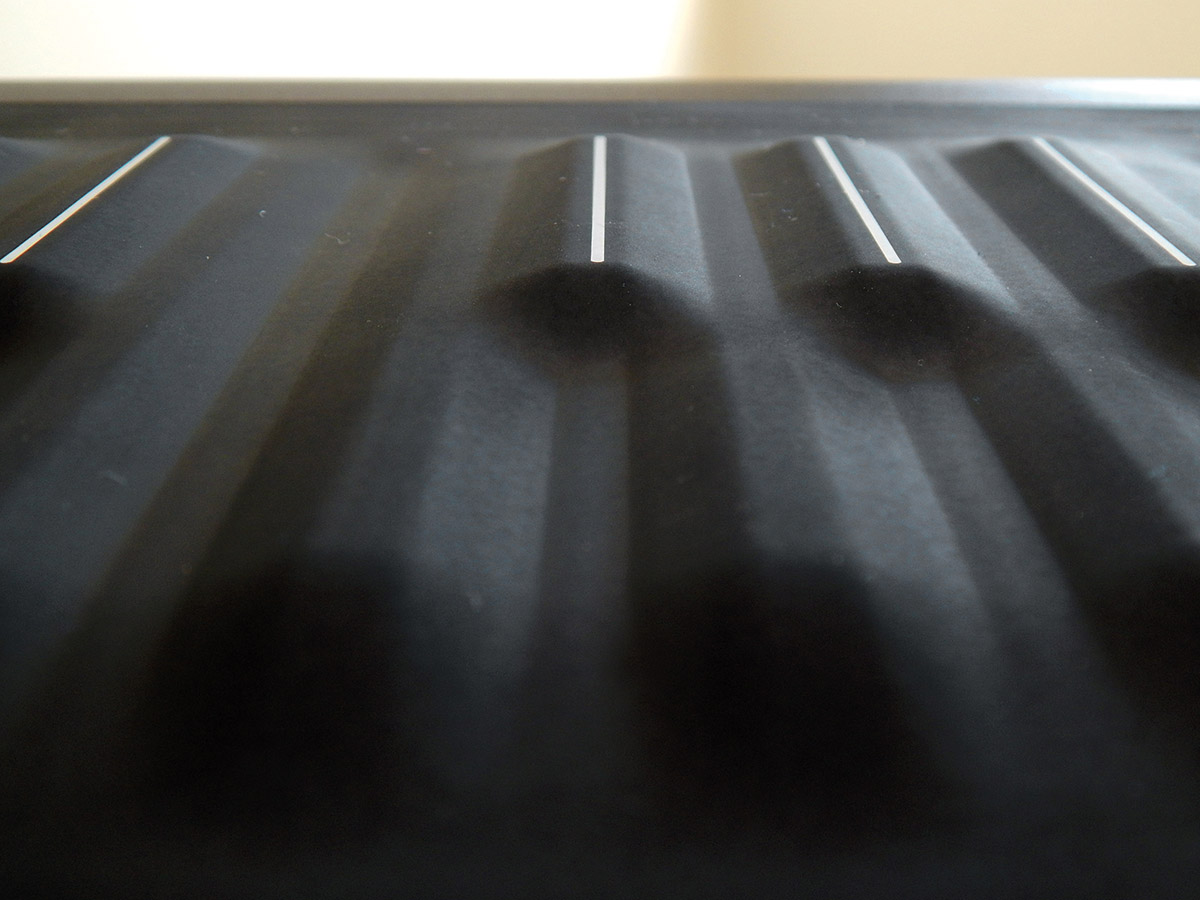
Don’t ask us what the Rise sounds like – it’s a controller keyboard, not a self-contained instrument. But by all means ask us what Equator sounds like – this is the software synth that comes with it, and it’s a hugely powerful tool that’s dedicated to making the most of the Rise’s multidimensional abilities.
It comes with over 100 presets, from squelchy basses to ethereal flutterings, and nearly all of them are capable of insanity on a ‘that Donald Trump talks a lot of sense and also I like his hair’ scale. There is at least one fairly conventional piano sound, but you’re not going to be using this thing as an everyday MIDI controller.
It takes a while to get comfortable with the stiffly spongy feel of that control surface, but the key thing is, this is an interface you can really ‘play’. Remember, you’re a musician, not a programmer, so every conceivable sonic element can be tweaked on the fly, making the Rise/Equator pairing a potentially fantastic live performance instrument.
Just watch where you put those fingers, though: the ridged form of the keywaves is a big help in hitting true notes, but it is still possible to drift out of tune – especially if you’re using the flat part along the top for Theremin-style glides.
IS YOUR DAW OPEN?
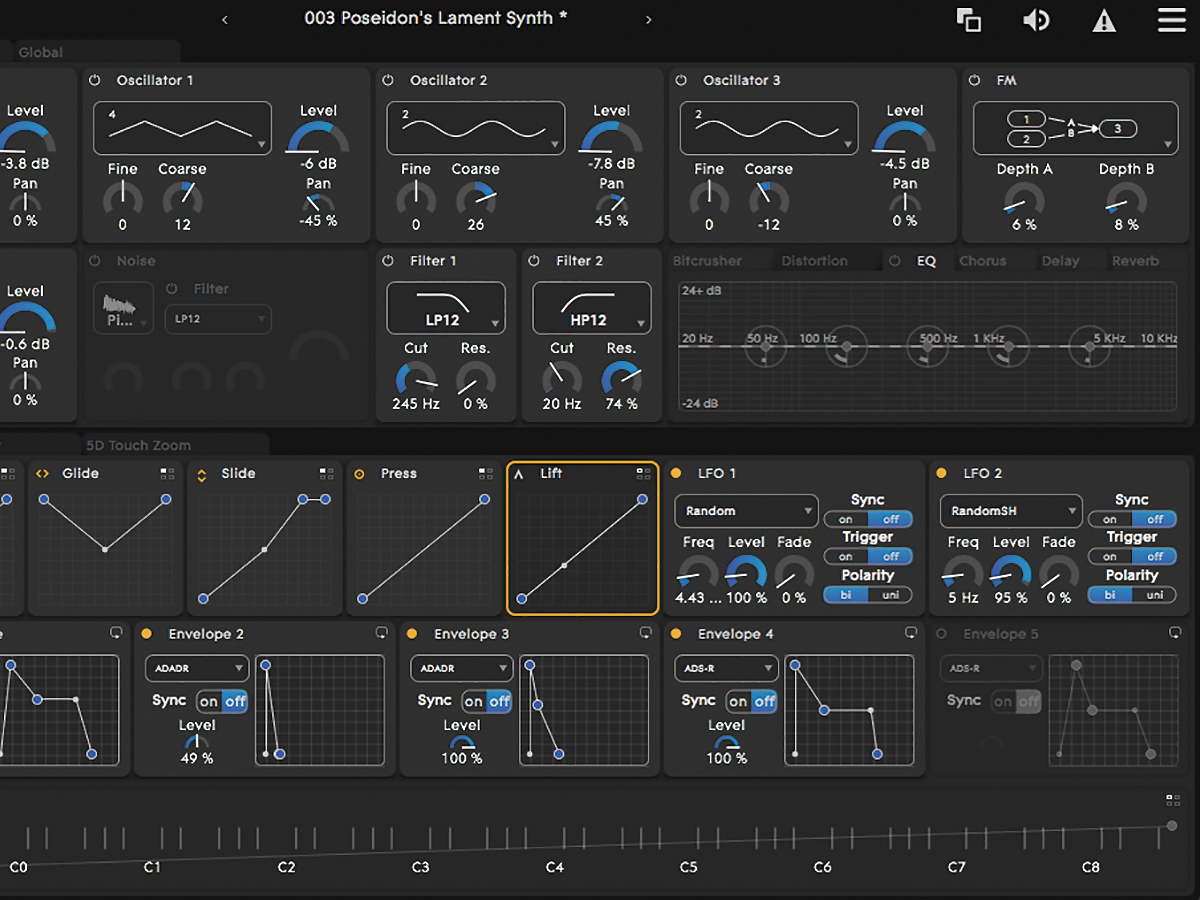
A normal MIDI controller tells your recording software which note has been struck, how hard, and for how long… and that’s about it. Because the Rise is sending so much more information than that, it needs to use multiple MIDI channels – so if you’re planning to use it for recording, you’d better make sure your software is ready. Helpfully, there are instructions for setting up the required multi-channel functionality with a range of DAWs (using Equator as a plugin) on the Roli support site.
It’s complicated, and lightweight DAWs such as GarageBand are not on the list, but maybe the future’s going to fix that. Roli and various other synth pioneers are currently pushing a universal standard for multi-channel MIDI, known as MPE (multidimensional polyphonic expression), which will make it easy for devices like the Rise to communicate with any recording system.
ROLI SEABOARD RISE 25 VERDICT
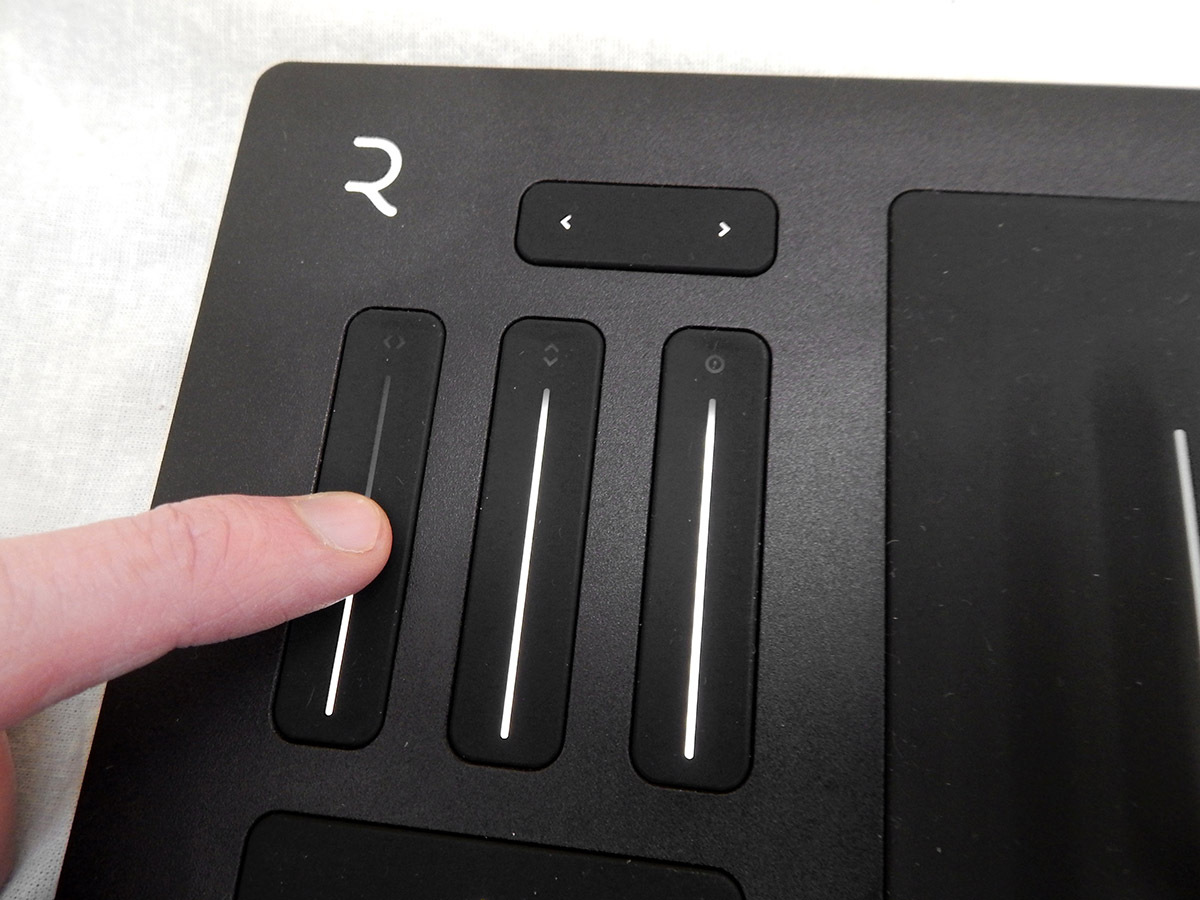
What has Roli done here, exactly? It’s a physical keyboard with something like touchscreen interactivity… and the result is a strangely successful blend of modernity and old-fashioned ‘realness’.
This is musical tech being used the right way: not just to make gimmicky new noises, but to offer the electronic musician a more personal, emotionally engaged playing experience. Who knows where it could lead?
Stuff Says…
An electronic instrument that plays like an acoustic instrument: hello, future!
Good Stuff
Amazingly rewarding to play
Classy design
Great software synth
Bad Stuff
Will be just too weird for some
Rise 49 looks more useful but it’s £950

